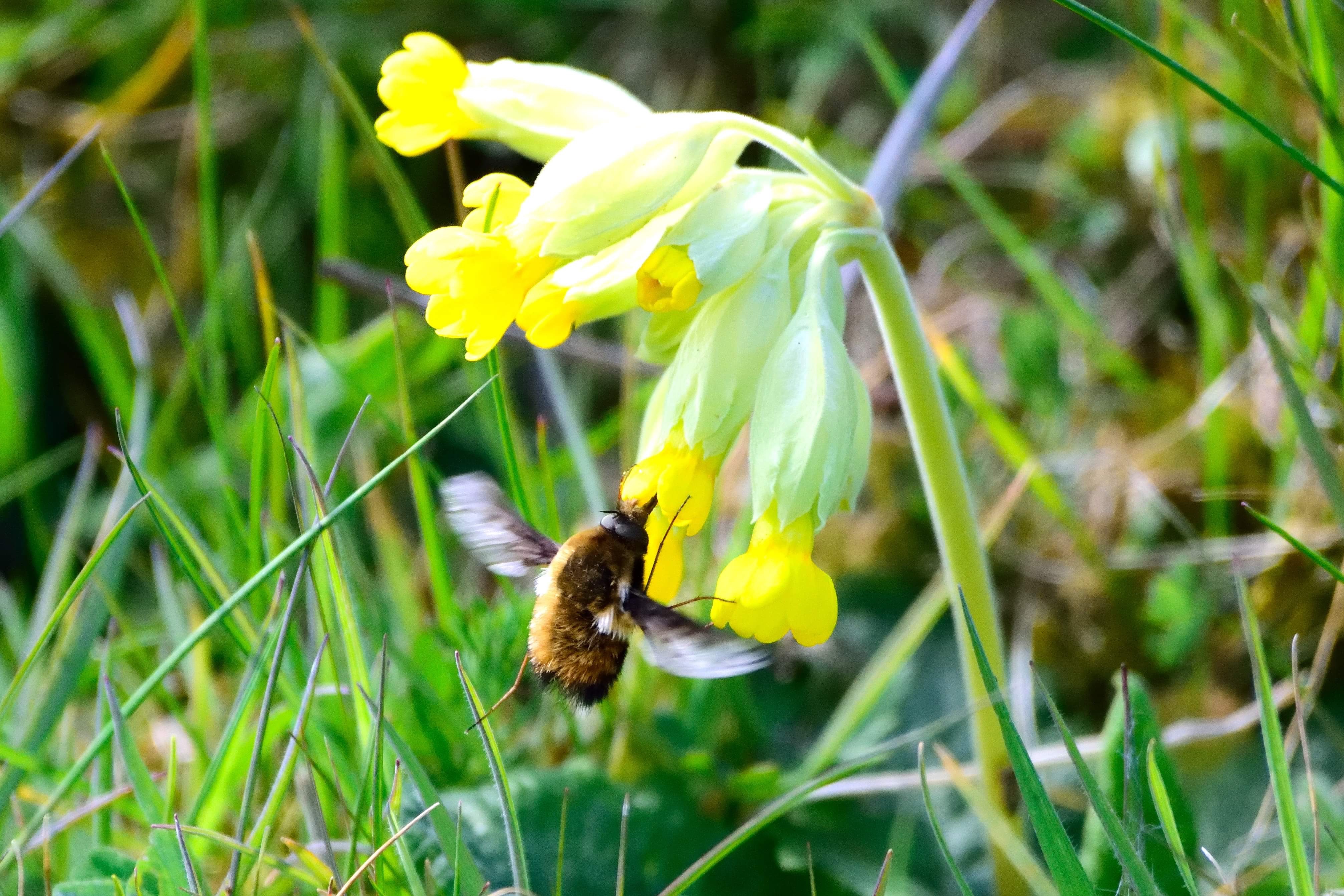Insect pollinators, such as bees, butterflies, moths, and hoverflies, play a critical role in UK agriculture by facilitating the pollination process. This process is essential for the reproduction of various crops, resulting in improved crop yields and better fruit quality. Key crops like apples, pears, strawberries, and oilseed rape heavily rely on these pollinators for successful reproduction. The economic impact of insect pollination in the UK agricultural sector is substantial, with hundreds of millions of pounds attributed to pollination in crop production. This underscores their importance in sustaining future food production.
In addition to their economic importance, pollinators enhance crop diversity, promote biodiversity, and ensure ecosystem stability within agricultural landscapes. By fostering genetic diversity among plant populations, pollinators contribute to the resilience of agricultural systems, helping them better withstand environmental changes. The interaction between pollinators and crops also extends beyond agriculture, as healthy pollinator populations contribute to wildlife habitats and ecosystem services.
Conservation efforts focused on pollinators are crucial for ensuring the continued success of UK agriculture. These efforts involve creating and maintaining pollinator-friendly habitats, reducing pesticide usage, and raising awareness about the indispensable role of pollinators among farmers, policymakers, and the public. Protecting pollinator populations is not only vital for crop production but also for safeguarding the sustainability and resilience of the entire agricultural sector. Continued research in this area will allow for greater understanding of the role of pollinators in agricultural systems and how improving their resilience whilst maintaining productivity can be achieved.




